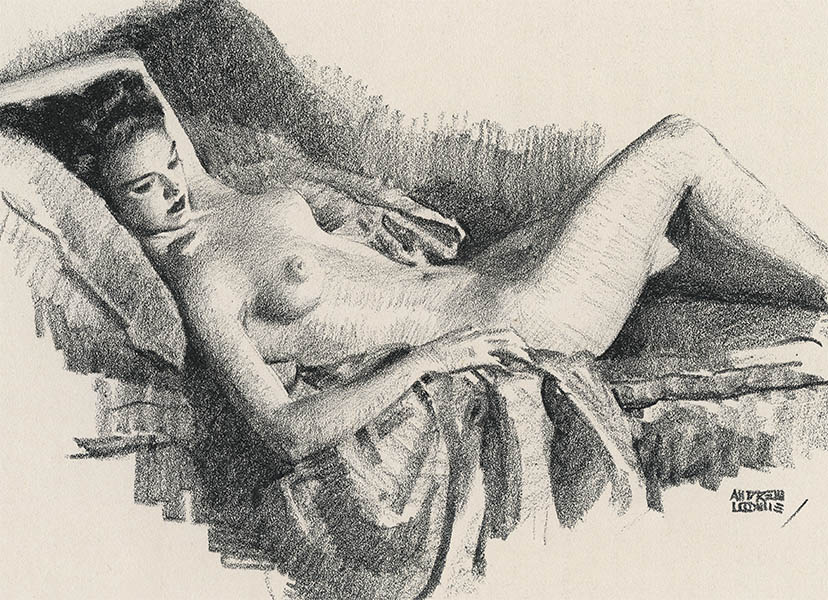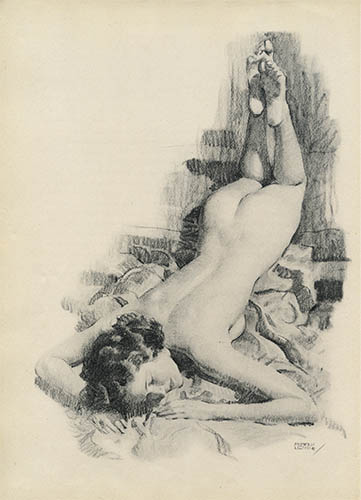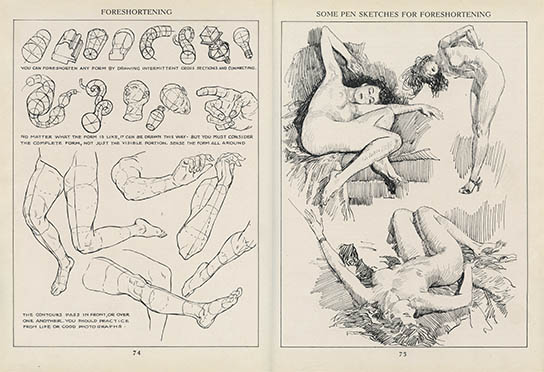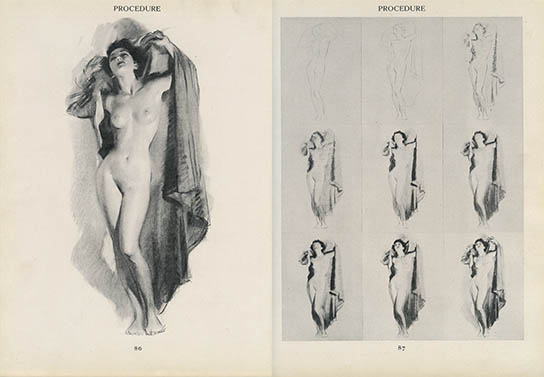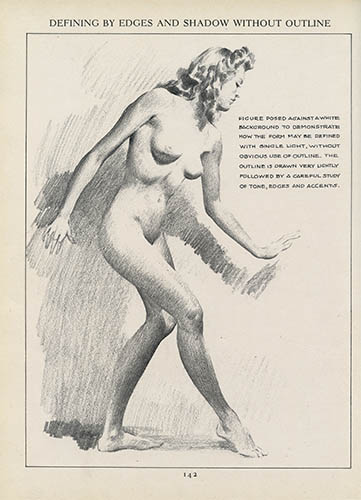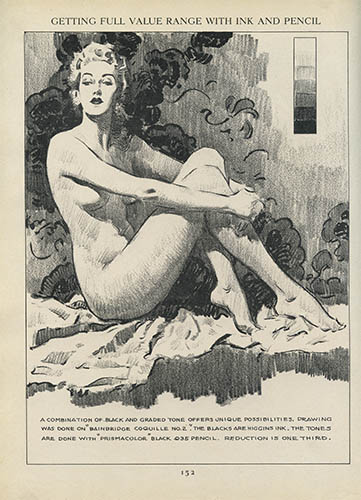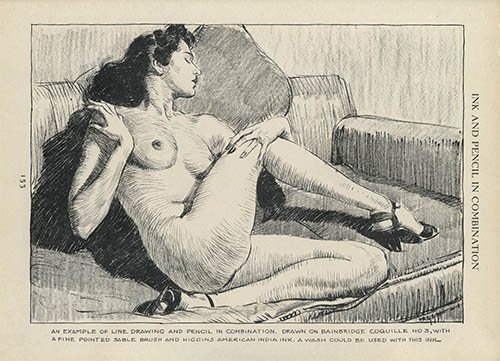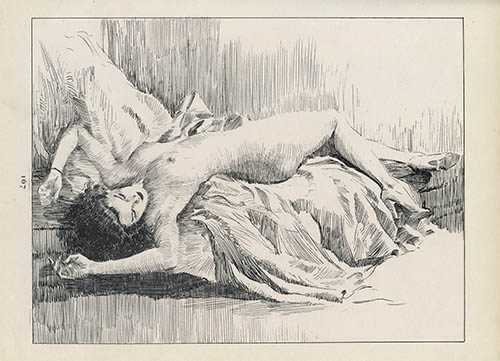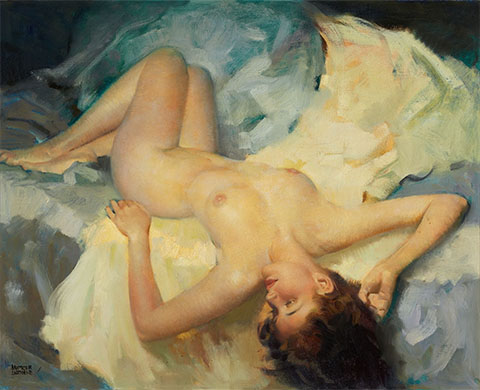102
Figure Drawing for All It’s Worth
Andrew Loomis
William Andrew Loomis was born in 1892 in Syracuse, New York. At age nine he moved to Zanseville, Ohio and decided to become an artist after visiting the nearby studio of Howard Chandler Christy. After high school he (along with fellow student Norman Rockwell) studied at the Art Students League under George Bridgeman and Frank Vincent du Mond.1
In 1915 he moved to Chicago to work at the pioneering advertising studio of Charles Daniel Frey and continued his studies under Leopold Seifert at the Chicago Art Institute. After service in WWI he returned to Chicago and worked in several studios before establishing his own in 1922.
For the next 20 years he would be one of the most successful commercial artists in America. He did editorial illustration for Ladies Home Journal, The Saturday Evening Post, Redbook and Life, as well as commercial illustration for Coca-Cola, General Electric, Maxwell House, even the famous Dionne Quintuplets:2
Loomis, however, would not be remembered for his commercial illustration but for his art instruction. During the 1930s he taught at the American Academy of Art and by the end of the decade began publishing books detailing his drawing methods. Fun with a Pencil (1939), an introductory primer intended for a general audience, was followed by Figure Drawing for All It’s Worth (1943).
Figure Drawing, a book intended for beginning commercial artists, was in every way more ambitious than Fun with a Pencil. Loomis’ approach to geometry, proportion and perspective as well as balance, rhythm and movement was as lucid and essential as anything ever published on the subject. It was a classic of illustration. The American Academy of Art even called it “one of the most brilliant contributions that figure drawing has ever received”
His next title, Creative Illustration (1947), which many consider even more important than Figure Drawing, included color plates:
Loomis wrote several more instructional titles before his untimely death in 1959. However his legacy as an instructor continues to this day - virtually all art instruction now published owes at least something to his methods. Among illustrators and animators in particular his works are still seen as canonical. The illustrator Steve Rude, in his 2003 Sketchbook, summarizes it nicely with “It all begins and ends with Loomis.”
1. For an excellent review of Loomis' life and work see: Harris, Jack. “William Andrew Loomis. A Legacy in Words and Pictures.” Illustration. Fall 1997 Vol. 5, No. 20; 8-47, which is online at Issuu.
2. There used to be an awesome note about the Dionne quints here. Following the Codex 99 Continuous Quality Improvement Plan® your humble narrator has since expanded it into a complete post.
3. Loomis, Andrew. Figure Drawing for All It’s Worth. New York: Viking Press, Jun 1943. The book went through perhaps as many as 30 printings before Viking discontinued it in the late 1970s/early 1980s. The scans here are from the Oct 1944 sixth printing, which due to War Production Board conservation orders was printed on thin, rather acidic paper.
Once out of print the title became a sought after collectors item with copies selling for as much as 300 USD. Reportedly Disney Studios even had standing orders with LA booksellers to automatically purchase any copies they came across. Finally, in May 2011, London-based Titan Books published a facsimile edition.
13 Sep 2011, redacted 11 Feb 2012 ‧ Illustration
